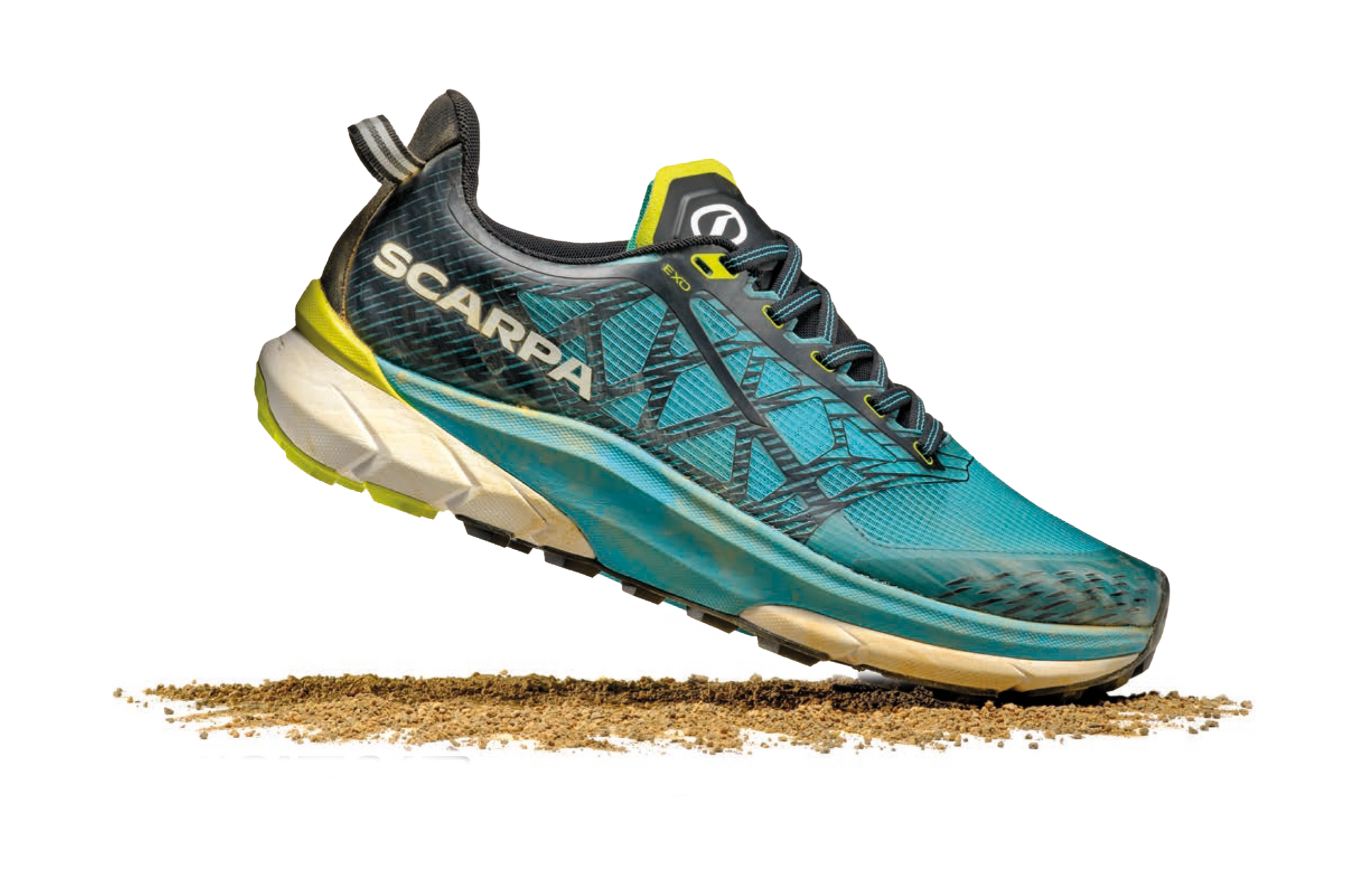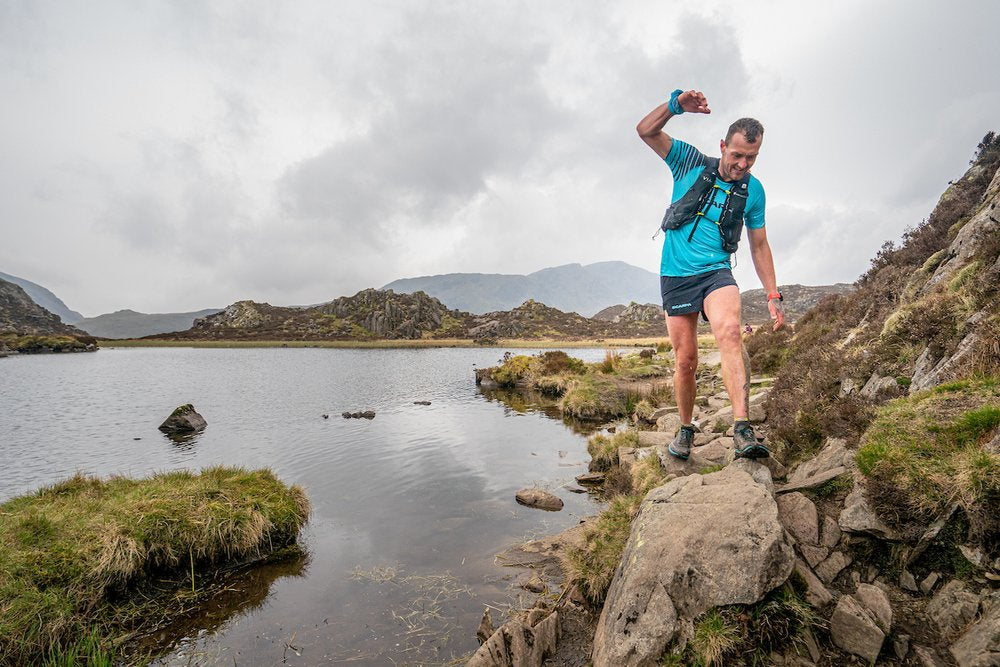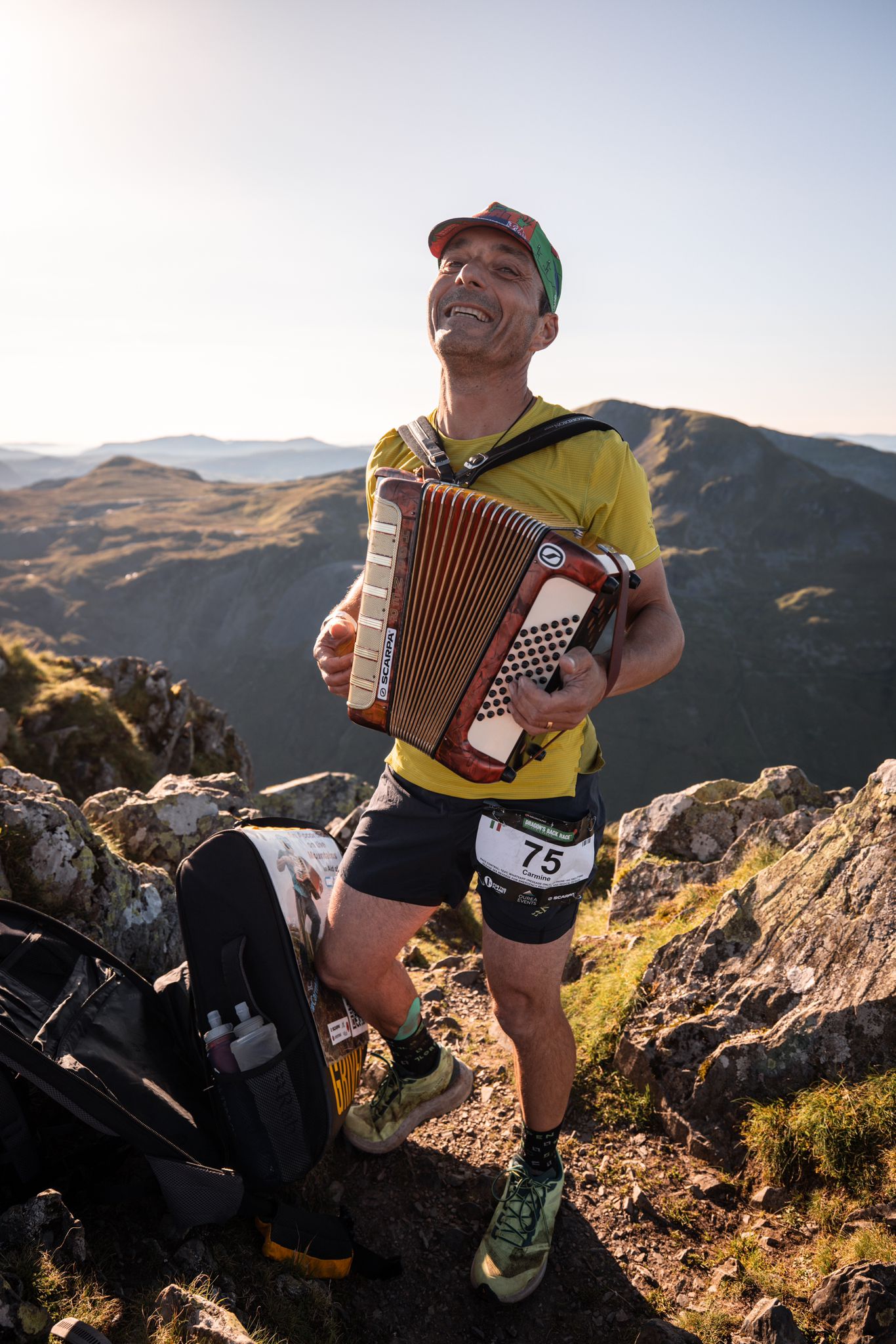How do you prepare for winter?
Now we are in Autumn it can be hard to get motivated. If you are planning to push your winter climbing or hit the slopes this winter, now is the time to get prepared. We asked some of our Scarpa Athletes how they get ready for a demanding winter season. Check out their advice in this blog.
Whatever your adventure this winter, it is important to be prepared, whether that is physically, mentally or just ensuring you have the right gear to get you through!
Whether you are climbing, skiing or just walking this winter, getting your body and mind prepared for winter will keep you going further, longer, higher…
Winter conditions can be tough even for experienced athletes, so we asked our Scarpa team for their advice on how to prepare for winter:

Calum Muskett
Calum is a climber and mountaineer who splits his time between Wales and the French Alps where he works as a guide.
“It’s the middle of autumn, the nights are drawing in and rain is currently whipping against the windows as I write this. Autumn in the UK is a natural winding down period for climbers and mountaineers, where it’s not quite winter conditions but often a little too cold and soggy to chase your objectives. With winter still a little way off, it can be easy to fall a little bit out of shape and start the winter season on the backfoot.
For me, autumn is the time for re-setting after a busy year and getting in shape for an active winter of ice climbing, alpinism and ski mountaineering. I like to try and keep my training realistic and fun; something I’ll happily stick to over the coming months. For me, winter involves long days, heavy packs and travelling through leg sapping terrain. I need to be aerobically fit with ‘strong’ legs that can manage successive days on the hill and my arms and core need to be ready to wield ice axes and carry weighty rucksacks with winter mountaineering equipment.
I’m generally very non-specific with what I do to train for the winter as long as I keep a reasonable volume switching between high intensity activity and lower intensity ‘zone 2’ type training, with more of the latter. I really enjoy getting out mountain biking in the autumn which I feel provides an excellent base of fitness and I supplement that with time on an indoor turbo trainer when the weather is especially bad or I’m short on time. I seem to go through fits and starts with running, but if I’m motivated, I’ll get out in the hills quite often and very occasionally down the local athletics track. I also like to try and make it down to the local climbing wall and go bouldering outside when the weather allows – I generally find this keeps me in good shape for mixed and ice climbing, although, if I’m keen for a particularly challenging mixed route early season, I will try and do a bit of dry-tooling. “
Jasmine Taylor
Jasmin Taylor is the first Briton to win a World Championship medal in Telemark skiing. She has achieved 5 World Cup victories, across all 3 disciplines and has 33 World Cup podiums to her name. With results like that, preparing for winter is essential for Jaz.
“Well I prepare with weight and interval training but that aside I try to mix it up in order to subject my body to as many movements as possible.
That includes climbing, trampolining, cycling, roller skiing, to name a few. I think the trick to consistent and quality training is to change it up and find a way to always enjoy what you’re doing.”

Uisdean Hawthorn
Uisdean is a Scottish climber focusing on winter climbing with some impressive ascents to his name.
“For winter I always just try to shift my training and or climbing to be more specific for winter climbing. This doesn’t involve a drastic change in routine but just some adjustments to target specific types of strength and endurance. For endurance I climb slowly, really slowly, think like 10 seconds on every hold a lot of people do laps on easier routes as training but then climb each lap faster and faster. This doesn’t represent winter climbing very well as you tend to hold positions for a long time looking for the next axe placement.
For strength I focus on my shoulders and calves most. TRX routines, push-ups, pull ups, leg raises, and calf raises are the base of any training I do. I vary the positions lots for all of these. So, pull ups I would do, Narrow, Wide and one arm wide one arm narrow. Winter climbing you end up in so many weird positions pulling and pushing in every different way I think getting a bit creative really makes a difference. Again, I do all this slowly 5 seconds each way for each exercise.
The one important bit advice I would give to people for improving their winter climbing is to get out as much as you can. Scottish winter climbing is very hard to learn in a climbing gym. Prioritize things in your life so you have more time free in the winter months, when conditions are likely to be better. It’s easier said than done but making this effort I think will make the biggest difference to your climbing ability, it also means you get to spend more time outside.”

Tom Grant
Tom is a skier, climber and IFGMA mountain guide based in Chamonix.
My focus in winter is ski mountaineering and freeride skiing, although I also love doing the odd bit of winter climbing when conditions are good. These winter mountain sports all tie together for me in some ways and there are many crossovers in terms of both the physical and mental preparation needed for them, but also differences.
I can breakdown preparation for these into the following categories:
- Strength training for freeride and downhill skiing (also helps for bootpacks with a heavy bag and general alpinism). This involves gym work: compound lifts with an Olympic bar, plyometrics, some agility work and explosivity. I try to do a little in the summer and ramp it up in the autumn. The focus is on ski specific muscles and making sure my entire body is strong. Increased training means also more time is needed to stretch and massage muscles. The strength endurance component is easier to add in at the start of the season by racking up a lot of lift served skiing, however the strength component is better to train before you are spending a lot of time on skis (unless you don’t have regular access to skiing). For me, this is very important to also reduce the risk of an injury from skiing.
- Cardio maintenance. I work less on cardio than strength when it comes to skiing because cardio is easier to train when I’m spending a lot of time in the mountains in the winter. But some uphill running and mountain biking does the trick, or uphill approaches to go climbing. I have a big cardio base anyway from the summer guiding season anyway. The odd very long endurance day is good for getting your body used to longer days in the winter and is useful in order to work on shifting your metabolism to burning fat which is important for big winter missions.
- Psychological conditioning. If it’s possible to get in some long, cold adventures in the autumn this will also be great for hitting the ground running in the winter. Get your body and mind used to suffering again and being in the high mountains. Since I live in Chamonix, climbing a long mixed route in the autumn would be ideal for this. Rock climbing in the autumn will also help prepare me physically and mentally for climbing on my tools.
- Setting some goals. Having a trip planned to somewhere exciting is very motivating and having some projects is good for focusing your mind and getting psyched to train. This could be an expedition, specific routes and lines or a film project.
- Gear preparation. Get your skis tuned, axes and crampons sharpened. This will also help feed into your motivation for getting after it. The very best climbers and skiers I know pay a lot of attention to details, including their equipment.
It is important for me to feel strong on my skis in order to ski the way I want to and to reduce the risk of injury. I tore my ACL in 2018, which is a long rehab process and meant missing almost an entire winter and spring season. Knee injuries in skiing are common but the risk can be greatly reduced through good training and preparation. The first thing to do is to understand if your lower body is well aligned and the muscles are firing as they should be. A good physio can help analyse your body and movement patterns. Make sure your knee is correctly aligned and in a good position. Adding in strength and agility training can then greatly reduce the risk of a knee injury and will help you ski stronger and for longer.
Want to keep up with the latest from Scarpa and our athletes? Follow us on Facebook and Instagram.



